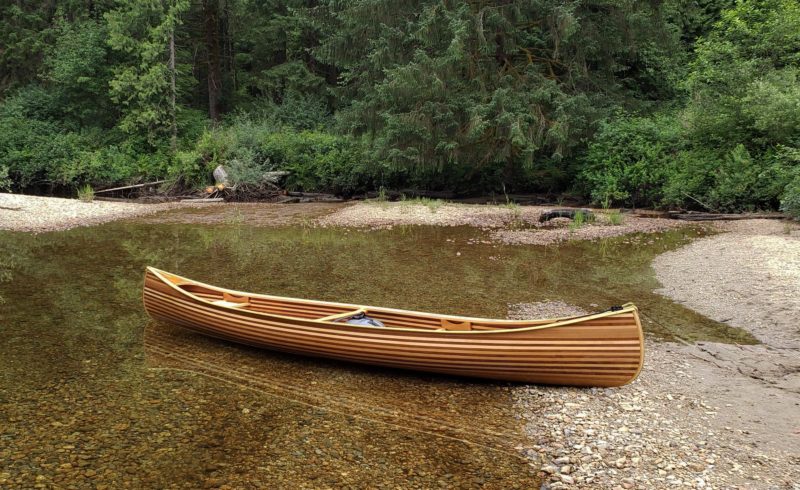 Photographs by and courtesy of Winston Yeung
Photographs by and courtesy of Winston YeungRebecca and Kimberly Yeung built this 15′ Prospector Ranger canoe from a Bear Mountain Boats kit. Widgeon Creek, here, is where the canoe made its first camping trip. The creek is 35 river miles inland, yet not above the reach of the tides.
" We’re just two sisters who love science.” That’s how Seattleites Rebecca and Kimberly Yeung describe themselves. In 2015 they decided to get a glimpse of the Earth from the edge of space and sent a weather balloon up from the flatlands of Eastern Washington to an altitude of 78,000′ (14.8 miles). Two GoPro cameras recorded the ascent to the point where the expanding balloon burst and the parachute controlled the descent back to Earth. The sisters gathered data along the way with temperature sensors to detect the point between the troposphere and the stratosphere where the temperature rises rather than drops with an increase in altitude. A flight computer with GPS tracked the flight and included a beacon so they could recover their craft and its instruments from its landing in a cow pasture 52 miles from the launch. The video of their flight has been viewed over 370,000 times on YouTube, and Rebecca and Kimberly were written up in Geekwire’s technology news website and the Washington Post. They have spoken at the Gates Foundation and were invited to the White House to present their work to President Barack Obama. At the time, Rebecca was 11 years old and Kimberly was 9.
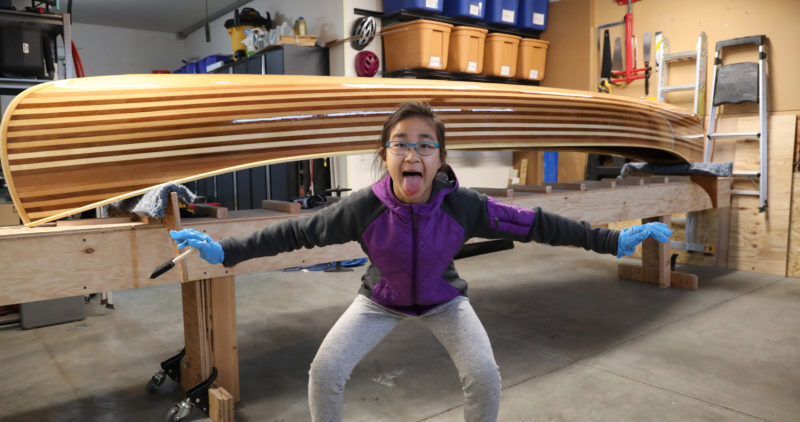
Kimberly did not perform a Māori warrior’s haka before applying a coat of varnish, but she brought a fierce enthusiasm to every step of the canoe project.
In 2016 the Yeungs launched a second balloon carrying their usual instrumentation as well as a solar panel to test a hypothesis that the solar energy that could be captured increased as the density of molecules diminished with altitude. While that might be a commonsense conclusion, Kimberly warns, “You don’t want to speculate. You always want to rely on data.” Their instruments on this flight recorded a maximum altitude of 101,000′ (19.1 miles).
Their third launch required making precise calculations and predictions. They launched the balloon from eastern Wyoming as part of a NASA program to document the total solar eclipse of August 21, 2017 in the NASA-supported Eclipse Ballooning Project. They had a launch window of just two-and-a-half minutes to assure that their cameras would capture the shadow of the moon drifting across the face of the Earth before the balloon burst. They succeeded and got video from 80,000′ (15.2miles) before the cameras ceased operating in extreme cold of -81°F. The ascent reached 96,000′ (18.2 miles). On that last flight, the Yeungs collaborated with NASA Ames Research Center on a microbiology experiment. Their payload included microbes that would be exposed to the conditions of the stratosphere, which are similar to the atmosphere on Mars. The experiment was part of the ongoing research into the possibility of life on Mars. The Yeung’s mission was featured in a program by the BBC and PBS.
Rebecca and Kimberly have other interests. Kimberly enjoys archery and playing piano; Rebecca is into basketball and martial arts. On her way to her martial arts classes in Seattle’s International District, Kimberly often saw homeless people camped in the streets. She felt compelled to do something, and she and her sister set out, as they usually did, doing research. After a visit to Seattle’s Low Income Housing Institute (LIHI), they decided to do something tangible and ordered a kit for a tiny house that could be incorporated in a LIHI village. During the summer of 2018, with a bit of help from neighbors, family and friends, they built the house in their driveway and finished it in just over a month. It was trucked to the village, and one homeless person had a safe, comfortable place to live.
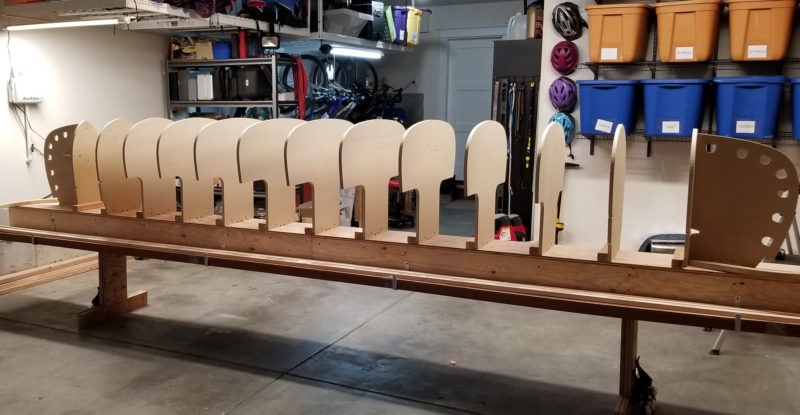
The build started with CNC-cut molds purchased in addition to the kit.
That fall, Rebecca and Kimberly, now 14 and 12, began work on a Prospector Ranger 15 canoe kit from Bear Mountain Boats. Their father, Winston, helped with the project and their mother, Jennifer, gave the three free time by doing everyone’s household chores and feeding the troops. Canoecraft, the how-to book by Bear Mountain designer Ted Moores, was their guide through the build. “Every year,” says Winston, “we do big Lego sets and they just love going through the instruction books and following the guidelines, so they both liked that there was a book we could follow with really detailed instructions.”
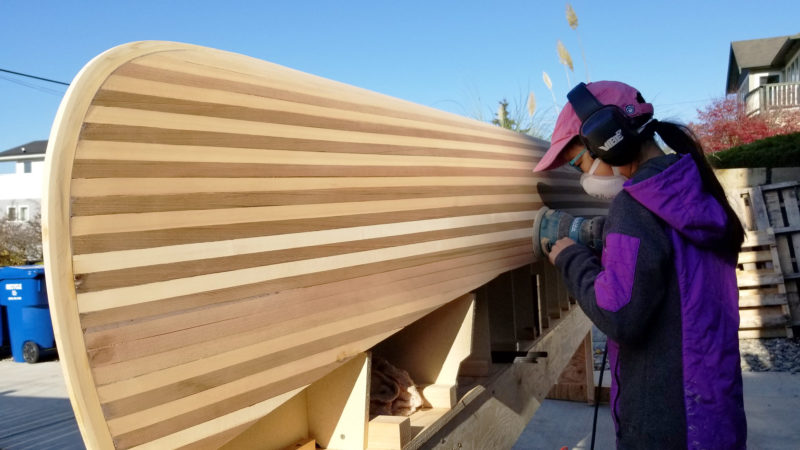
Most boatbuilders eventually tire of sanding, but Kimberly enjoyed long stints working with the random-orbit sander.
While Winston describes himself as “handy,” neither he nor his daughters had much woodworking experience beyond the tiny house build. “Many stages were new to us. We’d never worked with cedar strips, never used a spokeshave, never bent wood, never used fiberglass, never did epoxy. This was all new.” Since a lot of time building a wooden boat is spent sanding, it was good that Kimberly was good at it and enjoyed working with the random-orbit sander.
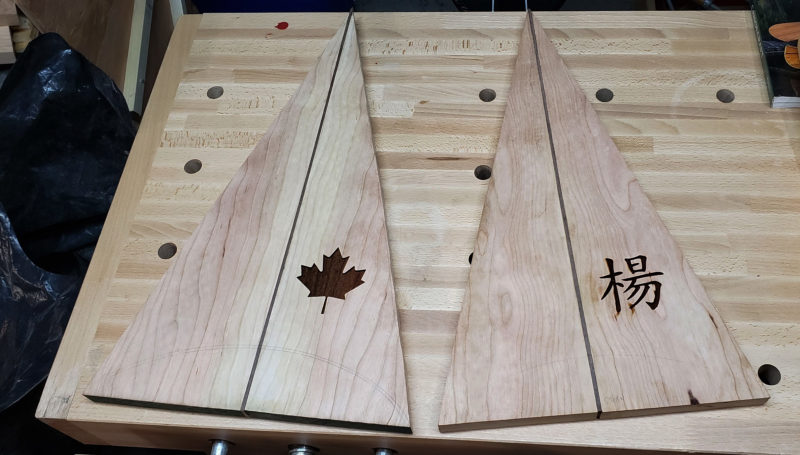
Kimberly and Rebecca took the cherry decks to school where they used the laser cutter in the Maker Space to etch designs in the wood. They filled the maple-leaf etching with red epoxy to finish the tribute to the family’s Canadian roots. The aft deck’s engraving, to be filled with black epoxy, is the Chinese character for the Yeung family name.
The hull, with its exterior ‘glassed, came off the molds late in November, and construction continued through the winter with the canoe largely finished in January 2019. Brushing on the final finish coats waited until the warm, dry weather of May. On the first of June, Kimberly and Rebecca, with their parents, brought the canoe to Green Lake, in the heart of a popular Seattle park, for its launch and maiden voyage.
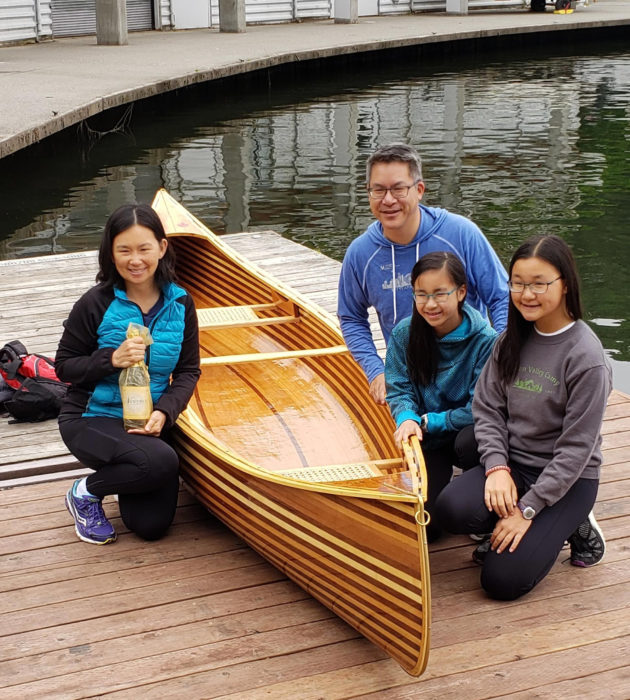
The family gathered around the canoe at the south end of Seattle’s Green Lake before putting it in the water for the first time.
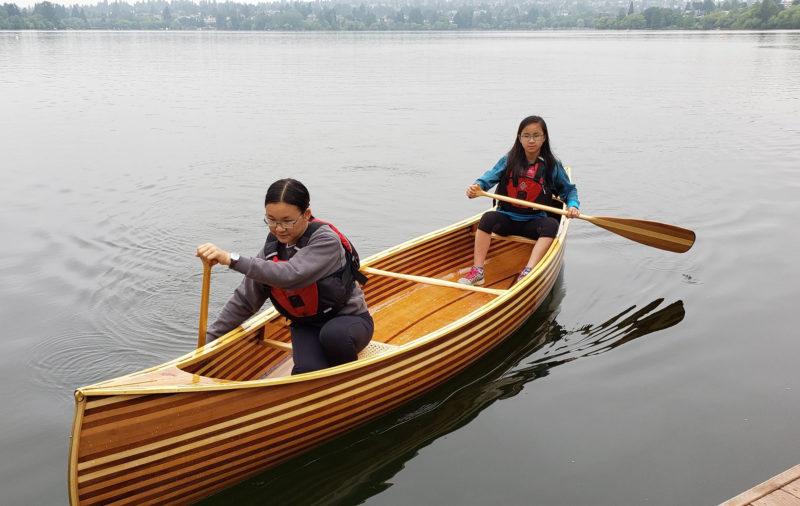
Rebecca, bow, and Kimberly, stern, took the canoe out on its maiden outing.
In the summer the Yeung family took the canoe to Widgeon Creek, a meandering tidal stream cradled in the foothills northeast of Vancouver, British Columbia, for a weekend camping trip. It was a first for Kimberly and Rebecca; Jennifer and Winston had done two outings there while dating 25 years earlier. The round trip at the creek is less than 4 miles, a cautious beginning for the family’s canoe cruising, but this summer they may work up to a 35-mile trip along the Powell Forest Canoe Route, a chain of eight lakes outside of the city of Powell River, British Columbia. Beyond that, the sisters might take to even more ambitious canoe trips, but rather than speculate on where their wide-ranging interests may take them, it’s safe to say that whatever Kimberly and Rebecca choose to do, their data proved that even the sky’s not the limit.
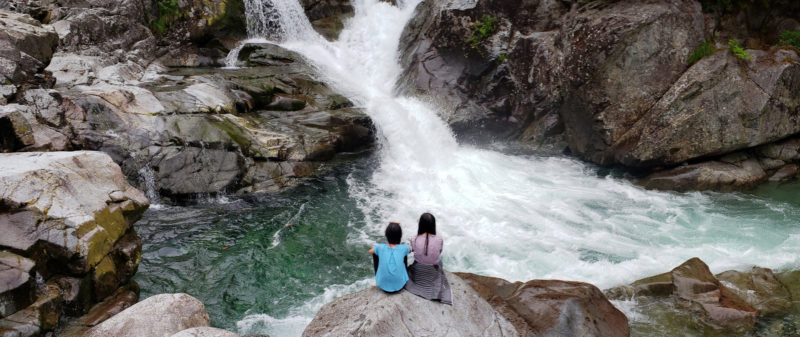
During the canoe trip, Kimberly and Rebecca—sisters, budding scientists, fellow boatbuilders, and paddling partners—shared a waterfall at Widgeon Falls in Pitt Meadows, British Columbia.
Do you have a boat with an interesting story? Please email us. We’d like to hear about it and share it with other Small Boats Magazine readers.
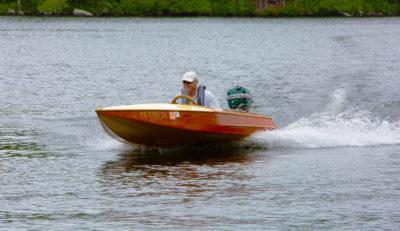
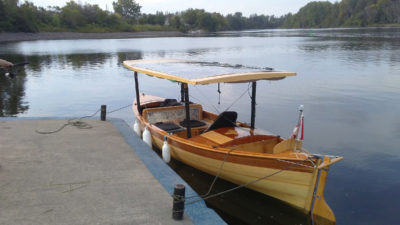
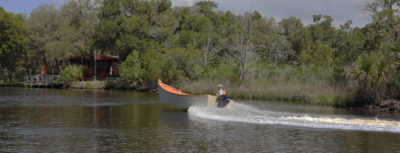
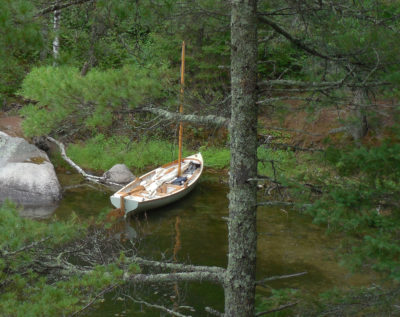
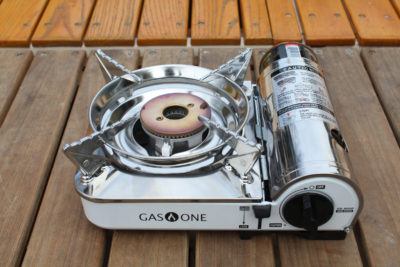
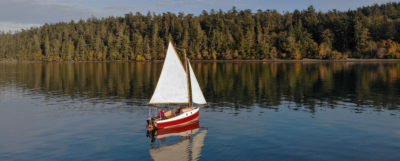

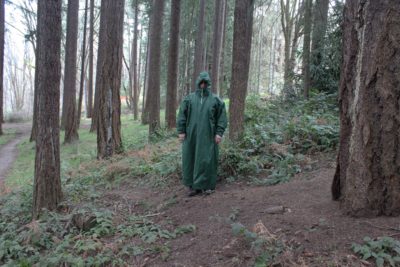
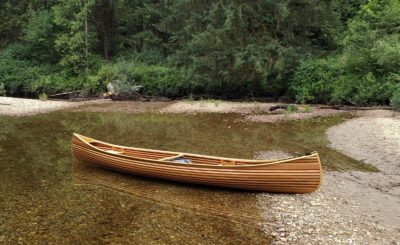

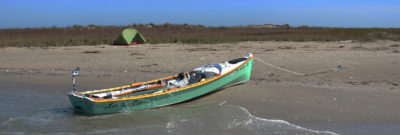
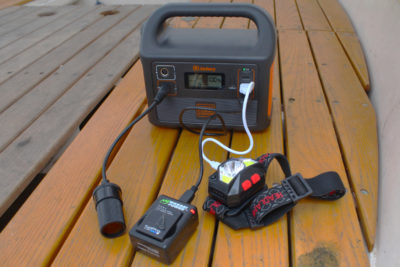


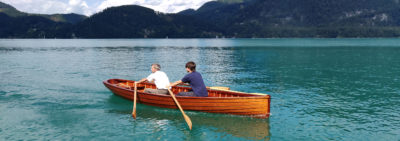
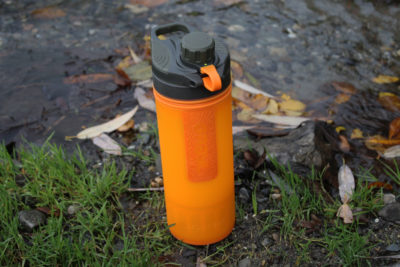
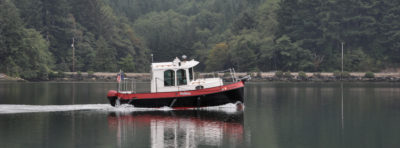
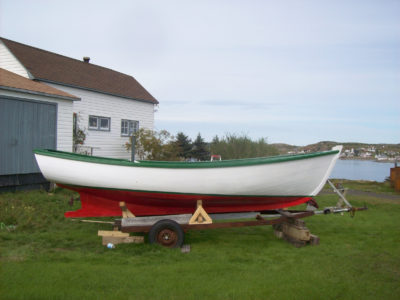



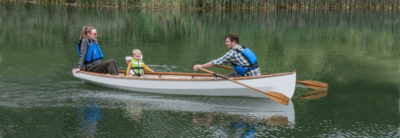
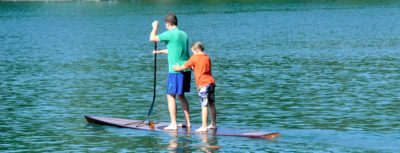

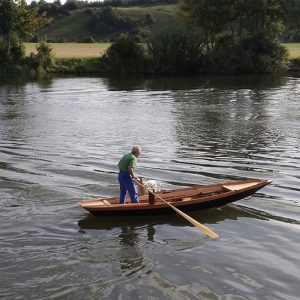
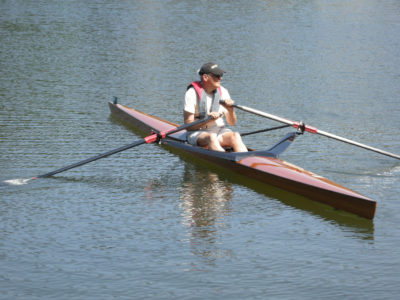
This story of these two young ladies gives me hope for the future. They did a beautiful job on the canoe, especially as it was a first-time project. I enjoyed reading about their other accomplishments and will have to search out their video on YouTube. Their parents must be very proud of them and have done a wonderful job of inspiring them to do amazing projects.
You can find the Yeung family’s videos on their Youtube channel, Seattle Yeungs
Thanks so much for publishing this story. We are honoured to be a small part of this project and glad you found it interesting enough to pass on to your readers. And yes, I agree – it is inspirational. We have been hearing from many of our customers and followers lately that building a small boat has been helping to keep them sane during this pandemic.
Stay home and safe and keep in touch with your community.
Joan and Ted and Matt at Bear Mountain Boats
Great story. Very impressive and loveable young ladies, our hope for the future.
Michael Childs